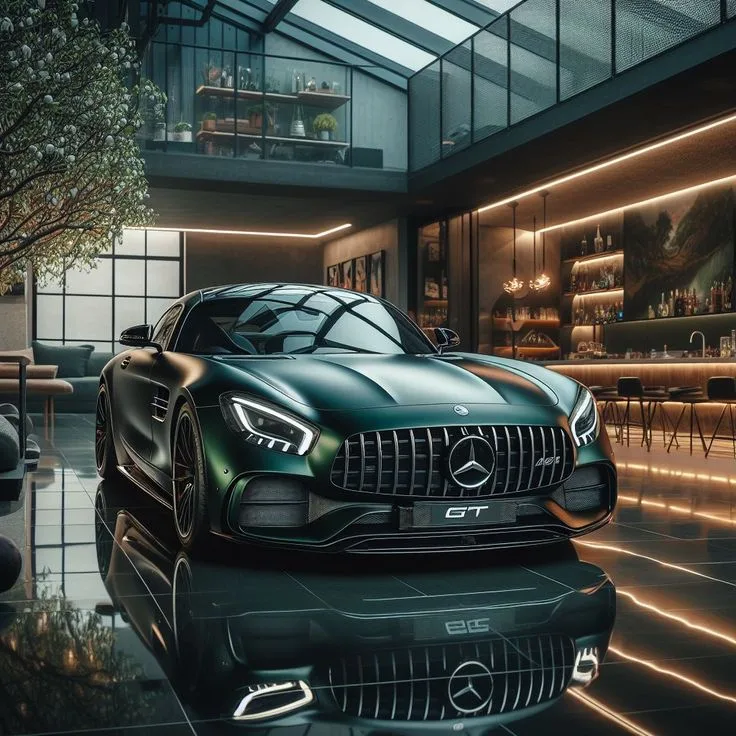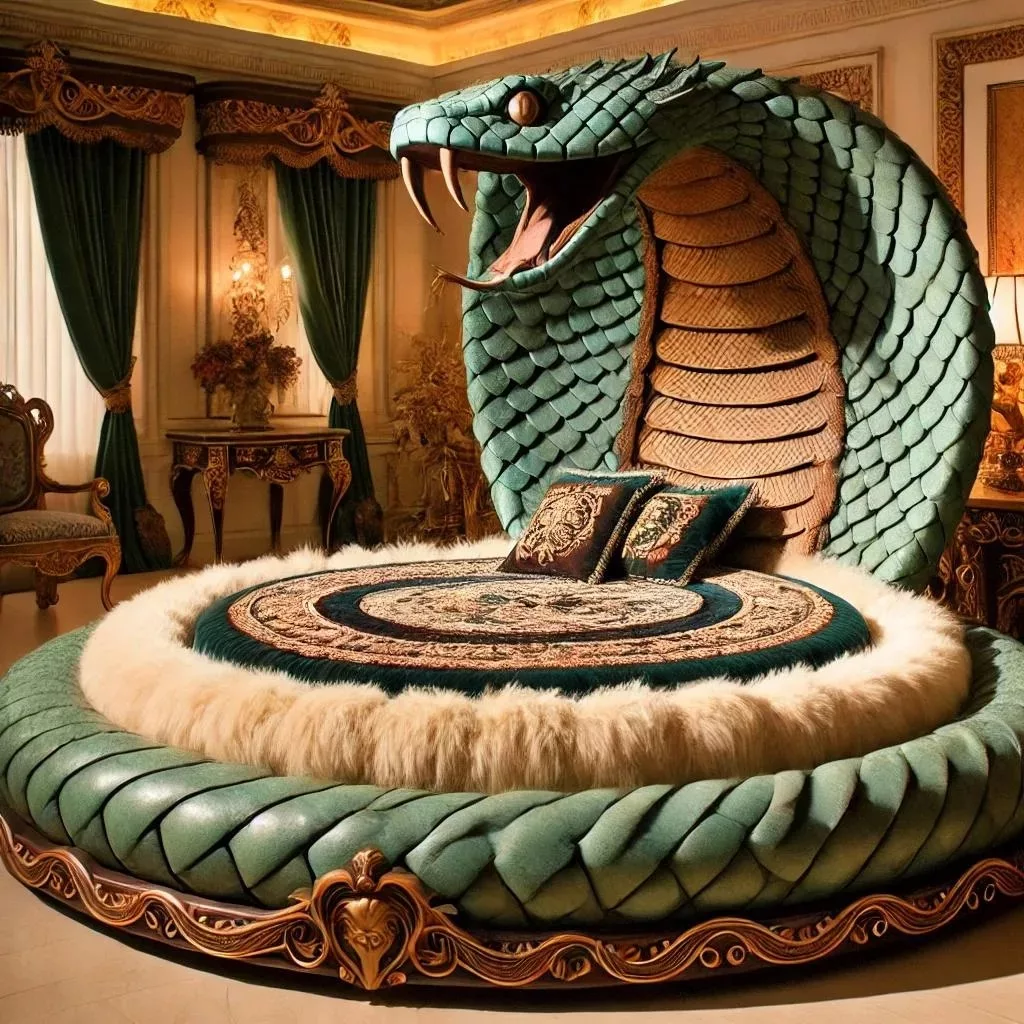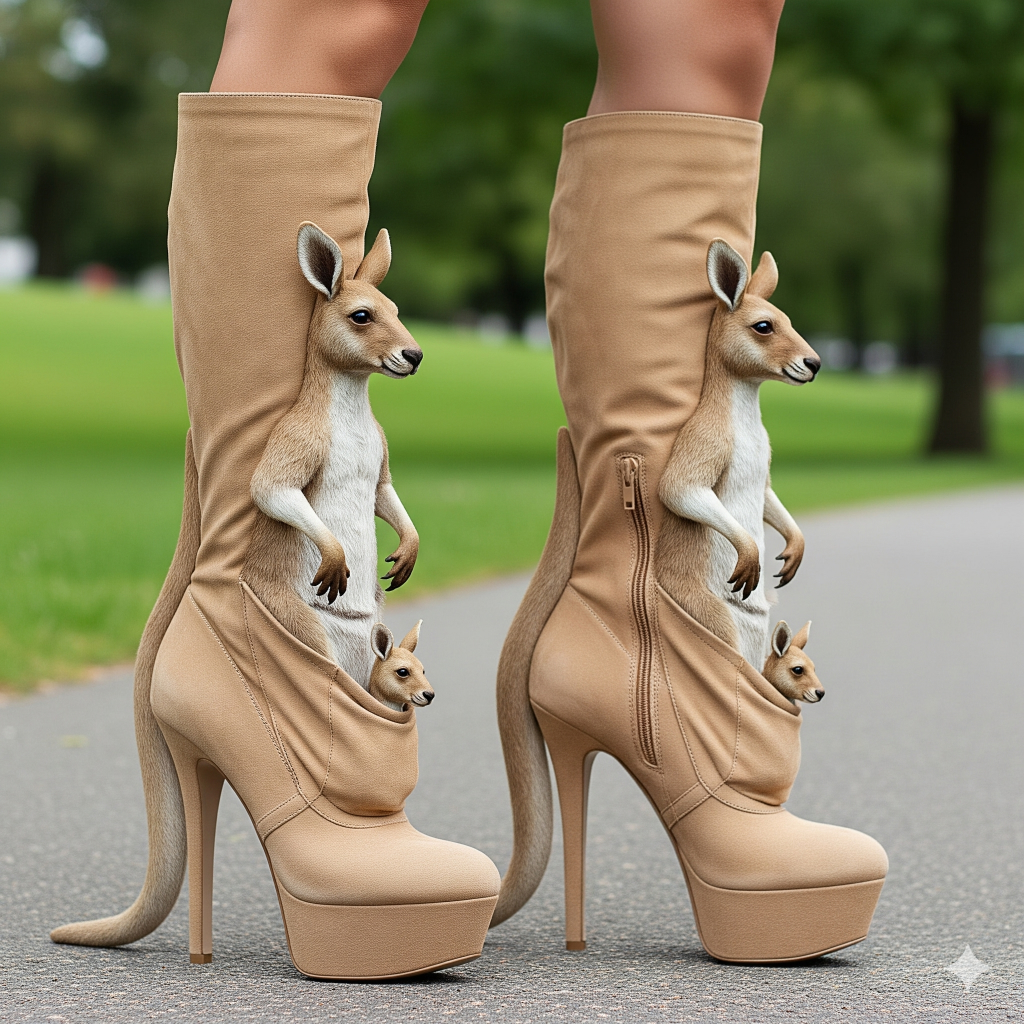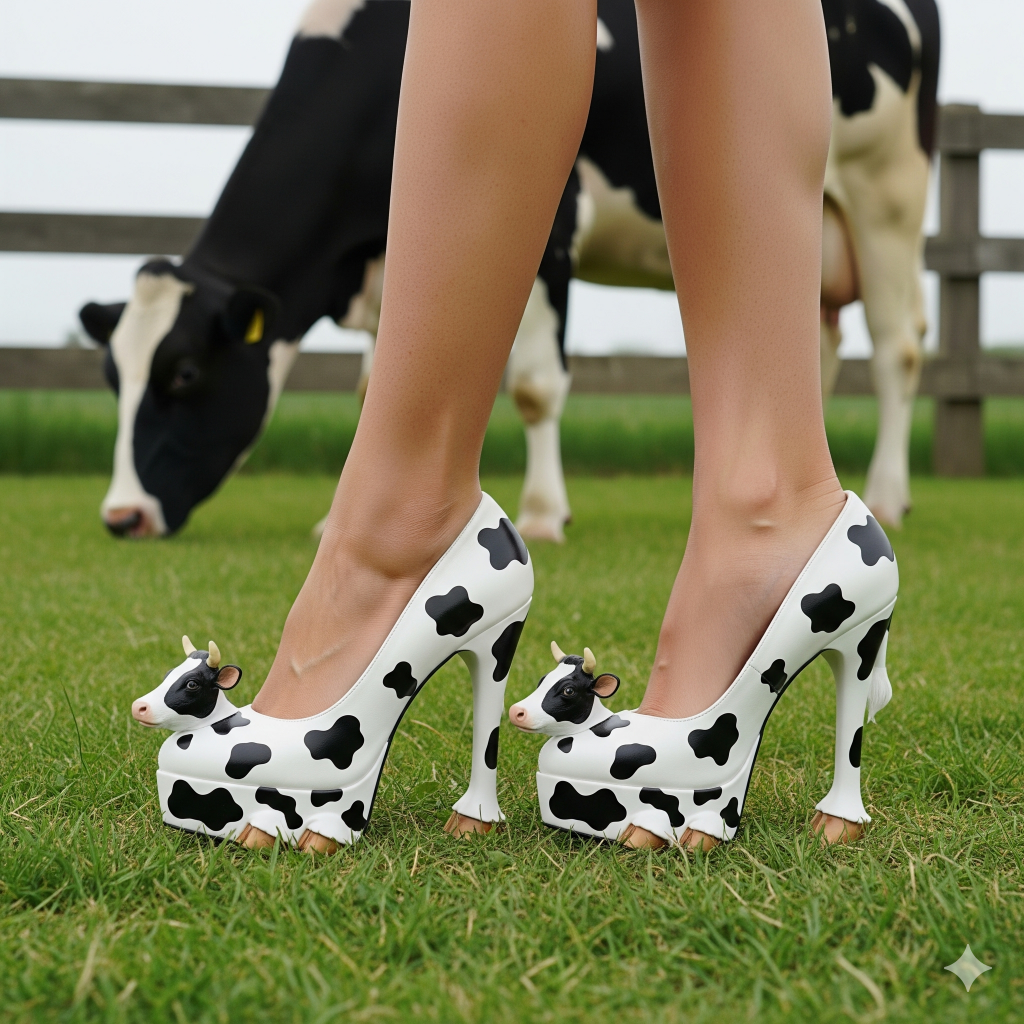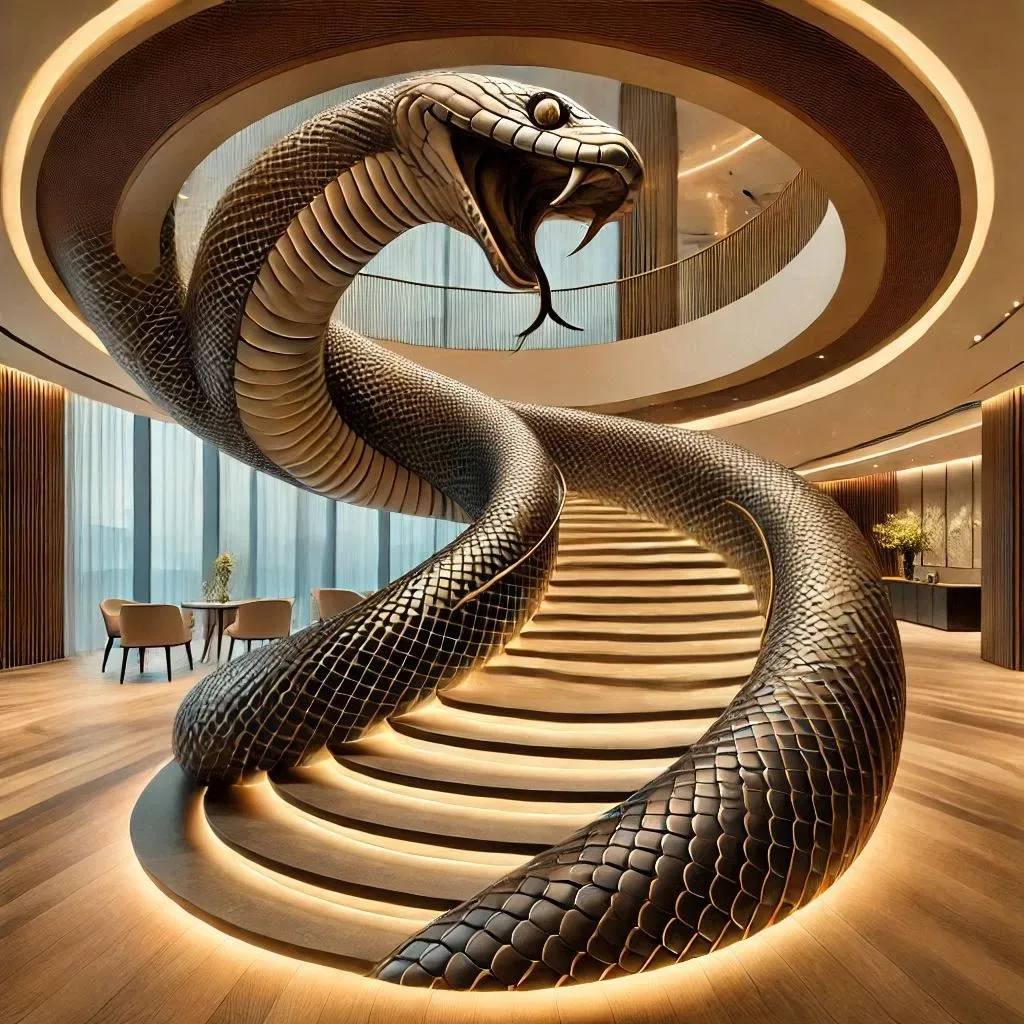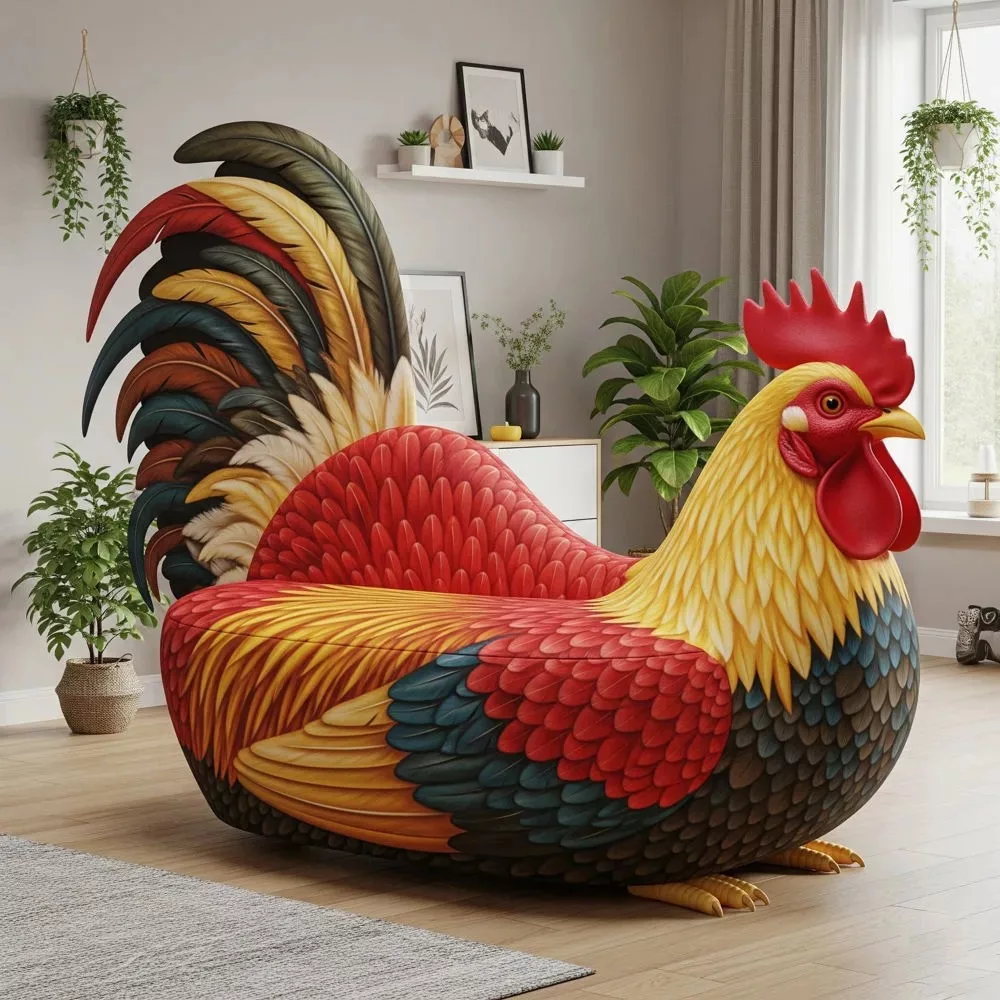Did you know that car manufacturers invest billions annually in perfecting the modern design of vehicles? From sleek lines to advanced technology integration, every detail is meticulously crafted. The evolution of car aesthetics has become a captivating journey, pushing boundaries and setting new standards for innovation and style.
Evolution of Car Design
Technological Advancements
Car modern design has been shaped by technological advancements, allowing for innovative features and improved performance. For example, the use of computer-aided design (CAD) software enables designers to create intricate shapes and optimize aerodynamics efficiently.
The integration of electric powertrains in car modern design has led to more streamlined and futuristic-looking vehicles. Electric cars like the Tesla Model S showcase how technology influences the aesthetics of a vehicle, with clean lines and minimalistic details that reflect their eco-friendly nature.
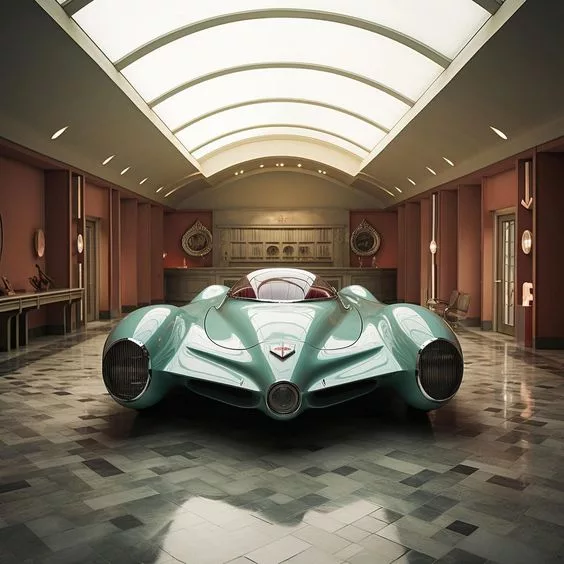
Cultural Influences
Cultural influences play a significant role in shaping car modern design, as designers draw inspiration from art, fashion, architecture, and even pop culture. For instance, retro-inspired designs like the Volkswagen Beetle or the Ford Mustang pay homage to past eras while incorporating modern elements to appeal to contemporary consumers.
- Pros:
- Innovative features
- Improved performance
- Cons:
- Cost implications
- Maintenance challenges
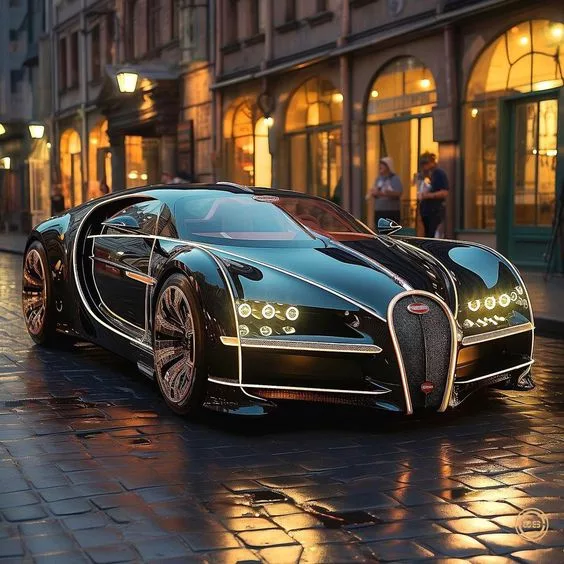
Classic Cars with Iconic Designs
Timeless Appeal
Classic cars like the Ford Mustang and Chevrolet Corvette are celebrated for their enduring designs. These vehicles have stood the test of time, captivating generations with their elegance and style. The sleek lines, iconic emblems, and distinctive features of these classic cars continue to inspire admiration even in modern times.
Classic car enthusiasts appreciate the attention to detail in these iconic designs. From the distinctive grille of a vintage Mustang to the sleek curves of a Corvette, each element is carefully crafted to exude sophistication and class. The timeless appeal of these classic cars lies in their ability to evoke nostalgia while maintaining a sense of unmatched beauty that transcends eras.

- Pros:
- Enduring appeal that withstands changing trends.
- Iconic designs that symbolize elegance and style.
- Cons:
- Limited availability due to being vintage models.
- Maintenance costs can be higher compared to modern vehicles.
Inspiration for Modern Designs
Modern automotive designers often look back at classic car designs for inspiration when creating new models. Elements such as retro color schemes, vintage-inspired logos, or updated versions of classic features can be seen in contemporary vehicle design. By infusing modern technology with timeless aesthetics from classic cars, manufacturers aim to create vehicles that blend nostalgia with innovation.
Drawing inspiration from legendary classics like the Ford Mustang and Chevrolet Corvette allows designers to pay homage to automotive history while pushing boundaries with cutting-edge technologies. This fusion results in cars that not only perform efficiently but also boast striking visual appeal rooted in the heritage of iconic predecessors.
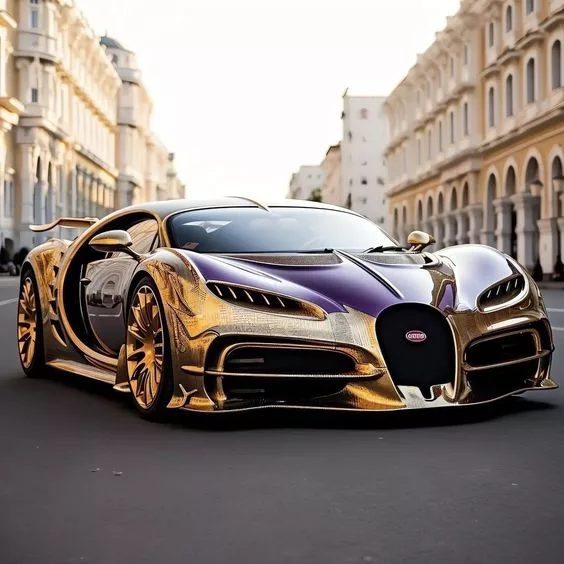
Timeless Car Designs
Focus on Elegance
Timeless car designs endure the test of time due to their focus on elegance. These cars boast clean lines, balanced proportions, and an emphasis on simplicity.
Examples like the Porsche 911 and Volkswagen Beetle showcase how these elements come together to create a design that remains appealing across generations.
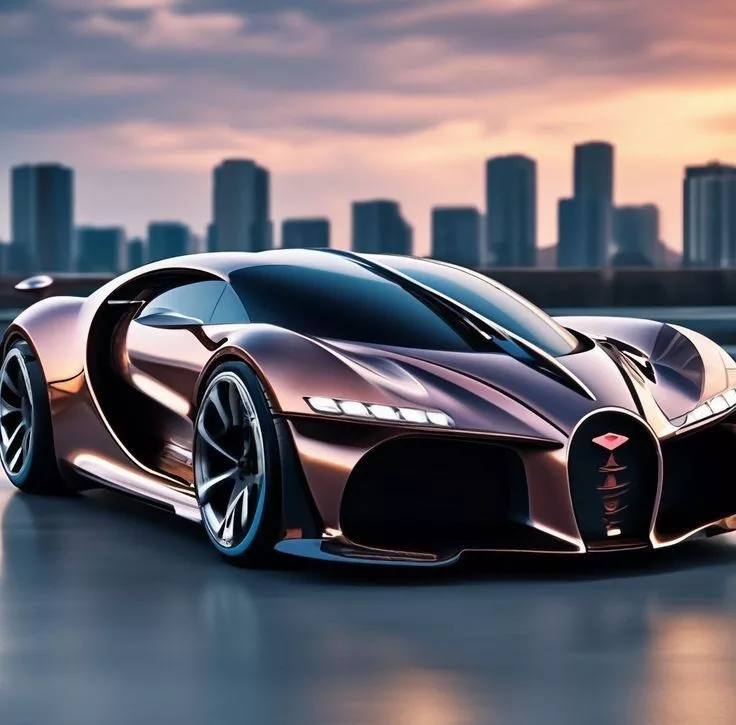
Enduring Appeal
The beauty of timeless car designs lies in their ability to evoke emotions and admiration regardless of when they were created. They transcend trends, creating a lasting impact.
These cars are not just vehicles; they are pieces of art that continue to captivate enthusiasts worldwide for years after their initial release.
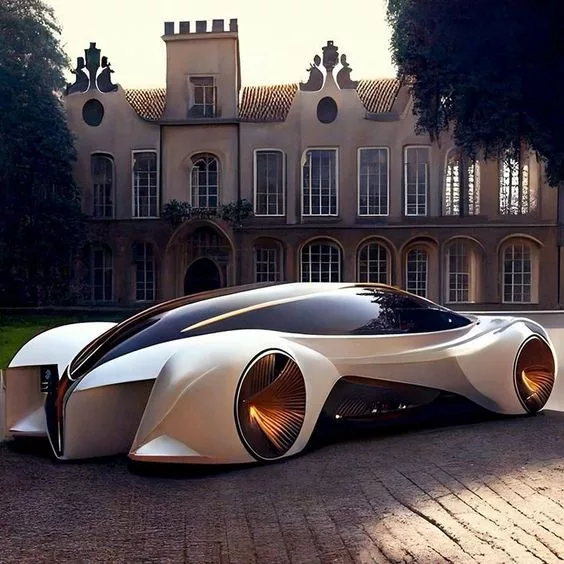
Revolutionary Car Designs Throughout History
Innovations in Car Modern Design
Car modern design has evolved over the years, introducing groundbreaking features and concepts that have revolutionized the automobile industry. The Ford Model T, for example, changed transportation with its affordable price and mass production techniques. This innovation made cars accessible to a broader population, transforming how people traveled.
The Tesla Model S is another significant player in shaping car modern design. By bringing electric cars into the mainstream, this model challenged traditional notions of performance and sustainability. Its innovative design not only appealed to eco-conscious consumers but also set new standards for luxury electric vehicles.
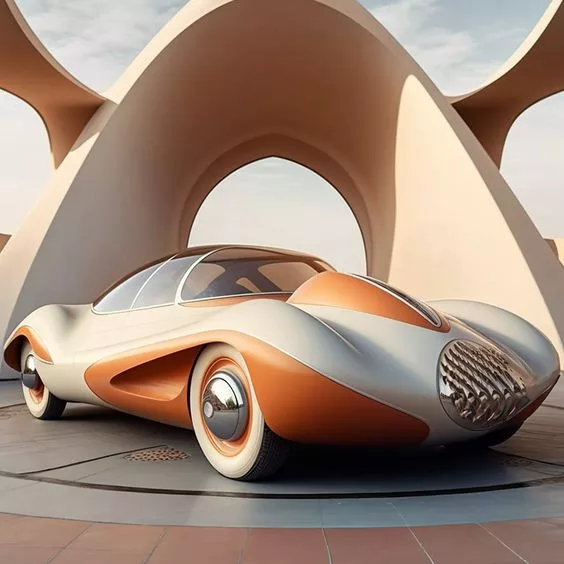
Impact on Transportation Industry
These revolutionary designs have had a profound impact on the transportation industry as a whole. They have influenced not only how cars are built but also how they are perceived by consumers worldwide. The shift towards more sustainable and efficient vehicles reflects changing consumer preferences and environmental concerns.
- Pros:
- Enhanced accessibility to cars
- Promotion of sustainability in the automotive sector
- Cons:
- Initial high costs for innovative models
Futuristic Car Designs
Pushing Boundaries
Futuristic car designs are all about pushing boundaries and exploring new possibilities. These concepts go beyond traditional vehicles, introducing self-driving cars and even flying vehicles. For example, companies like Tesla are at the forefront of incorporating advanced technologies into their car designs, making them stand out.
Innovations in futuristic car designs prioritize sustainability by focusing on electric or hybrid models. Connectivity is another key element, with features that allow cars to communicate with each other and the surrounding infrastructure. The integration of cutting-edge technologies enhances safety measures and provides a seamless driving experience for users.
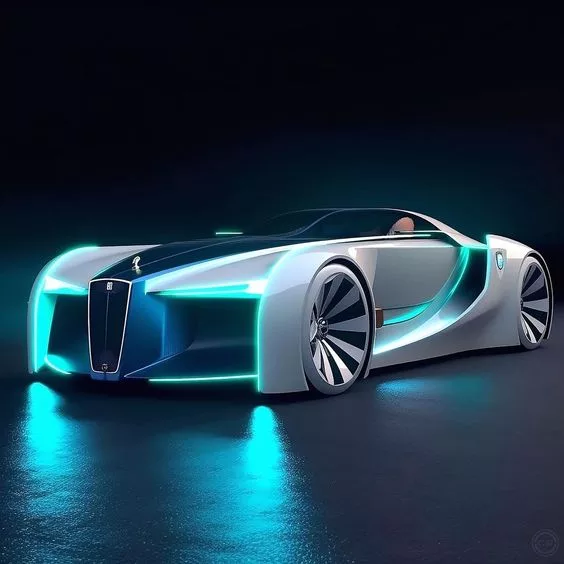
Embracing Advanced Technologies
The future of car design also includes sleeker looks and aerodynamic bodies to improve performance and efficiency. Companies like Audi have introduced futuristic models such as the Audi Aicon, emphasizing clean lines and minimalist aesthetics while incorporating state-of-the-art technology inside. These modern advancements not only enhance the overall look but also elevate the driving experience for consumers.
- Pros:
- Innovative features
- Sustainable practices
- Enhanced connectivity
- Cons:
- Higher price points
- Limited availability initially
Innovative Car Design Trends
Sleeker Profiles
Car modern design is all about sleeker profiles that enhance aesthetics and improve aerodynamics. Modern vehicles feature smooth lines and curves, reducing drag and enhancing fuel efficiency. For example, the Tesla Model S showcases a streamlined silhouette that not only looks elegant but also contributes to its impressive range.
- Enhanced aesthetics
- Improved aerodynamics
- Better fuel efficiency
The shift towards sleeker profiles in car modern design is driven by the need for improved performance and reduced environmental impact. By incorporating design cues that prioritize aerodynamics, automakers can create vehicles that are not only visually appealing but also more efficient on the road.
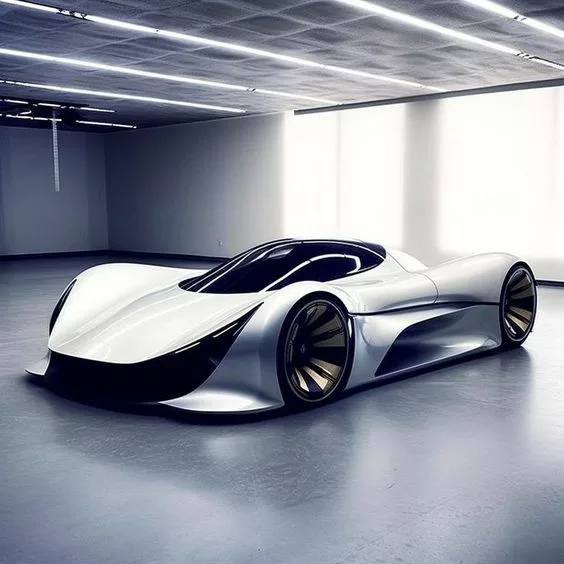
Advanced Infotainment Systems
Interior design cues in modern cars focus on driver comfort and cutting-edge technology like advanced infotainment systems. From touchscreens with intuitive interfaces to voice commands for seamless control, these features enhance the driving experience. The Audi Q7 boasts a sophisticated infotainment system that integrates seamlessly into the luxurious interior.
- Driver comfort emphasis
- Cutting-edge technology integration
- Seamless driving experience
The Art of Automotive Design
Blend of Engineering
Automotive design involves a blend of design, engineering, and functionality. Designers meticulously consider factors like ergonomics, safety regulations, and brand identity when creating new models. They ensure that the proportions are aesthetically pleasing while meeting functional requirements.
Creativity plays a crucial role in modern car designs. The process starts with conceptualizing innovative ideas that later transform into actual vehicles on the road. From the initial sketches to the final product, every step requires meticulous attention to detail and adherence to global design standards.
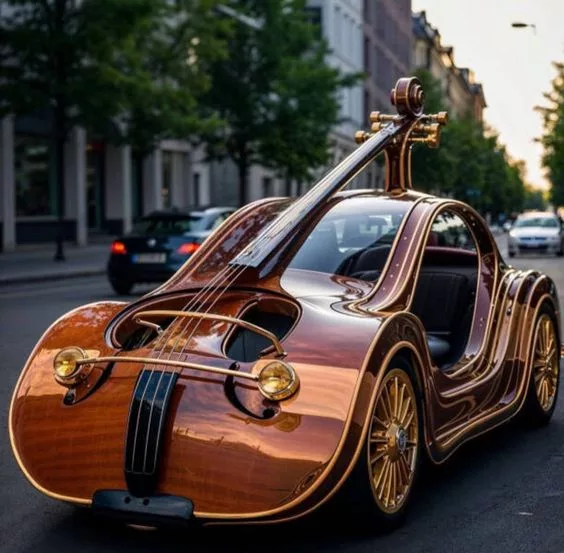
Artistic Expertise
The field of automotive design is not just about creating cars; it’s about crafting pieces of art on wheels. Each vehicle tells a unique story through its curves, lines, and overall aesthetics. Car manufacturers often use advertisements to showcase their latest models as masterpieces born from a fusion of creativity and technical prowess.
- Pros:
- Innovative designs capture consumer interest.
- Emphasis on safety features enhances driver experience.
- Cons:
- Balancing aesthetics with functionality can be challenging.
Read more: Futuristic Apple Luxury Car: Unveiling Design Concepts
Influential Car Designs Over the Decades
Evolution of Car Designs
Car modern design has evolved significantly over the decades, with each era introducing influential and groundbreaking designs that have shaped the automotive industry. From the sleek and compact Volkswagen Beetle in the 1960s to the iconic Ford Mustang of the 1960s, these cars have set new standards for modern design.
These pioneering designs not only revolutionized their respective eras but also influenced future generations of car designers. The aerodynamic shape of a BMW 3 Series from the 1970s showcases how car modern design has continuously pushed boundaries and inspired innovation in automotive styling.
Impact on Automotive Trends
The influence of these iconic cars extends beyond their initial release, impacting automotive trends for years to come. The Volkswagen Beetle’s unique silhouette became a symbol of individuality and creativity, while the Ford Mustang’s sporty appearance redefined performance vehicles.
- Pros:
- Inspires innovation
- Sets new industry standards
- Cons:
- May lead to imitation without originality
These timeless designs serve as a testament to the power of car modern design in shaping consumer preferences and driving technological advancements within the automotive sector.
Summary
You’ve embarked on a journey through the evolution of car design, from classic icons to futuristic marvels. Reflecting on influential designs and innovative trends, you’ve witnessed the artistry and engineering prowess that shape the automotive world. As you explore the realms of timeless and revolutionary designs, you grasp the impact of creativity and vision in shaping the cars we admire today.
As you continue to delve into the world of automotive design, remember to appreciate the blend of art and technology that fuels these creations. Stay curious, stay inspired, and perhaps one day, your passion for design may spark the next revolutionary concept in the automotive industry.

